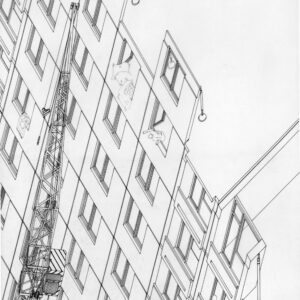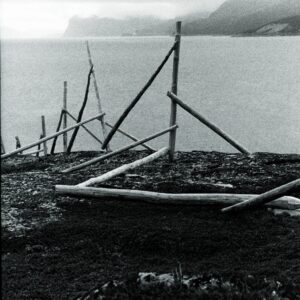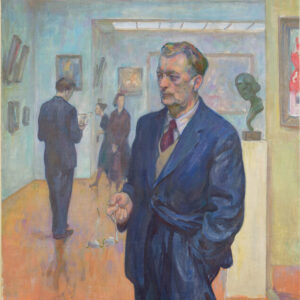The Institute of Art History and Visual Culture (Estonian abbreviation KVI) is a leading academic research institution in its field, with a broad range of academic staff. The Institute is engaged in high-level humanities research projects in art history and visual culture studies in close cooperation with universities, research institutions, and other art institutions in Estonia and abroad. KVI is a member of the International Association of Research Institutes in the History of Art (RIHA).
KVI’s research outputs range from specialist publications to applied research projects and curating exhibitions. Research results are published both as monographs and in international journals. The institute coordinates the publication of the edited volume “The History of Estonian Art” and provides institutional support to the journal Kunstiteaduslikke Uurimusi/Studies on Art and Architecture of the Estonian Association of Art Historians and Curators.
KVI actively contributes to the exchange of knowledge both in Estonia and internationally. In this context, the institute has hosted several major international conferences in cooperation with other institutions, such as the European Society of Aesthetics (ESA) Annual Conference in 2022 and the 5th International Conference of the European Architectural History Network (EAHN) in 2018. In cooperation with the Estonian Association of Art Historians and Curators and the Latvian and Lithuanian art institutions, joint conferences of Baltic art historians are organised (2009 and 2019 in Tallinn).
The new knowledge generated in KVI will also be disseminated to the wider public in various forms.
The Institute of Arts and Visual Culture’s research and research projects are concentrated in five main research themes.





